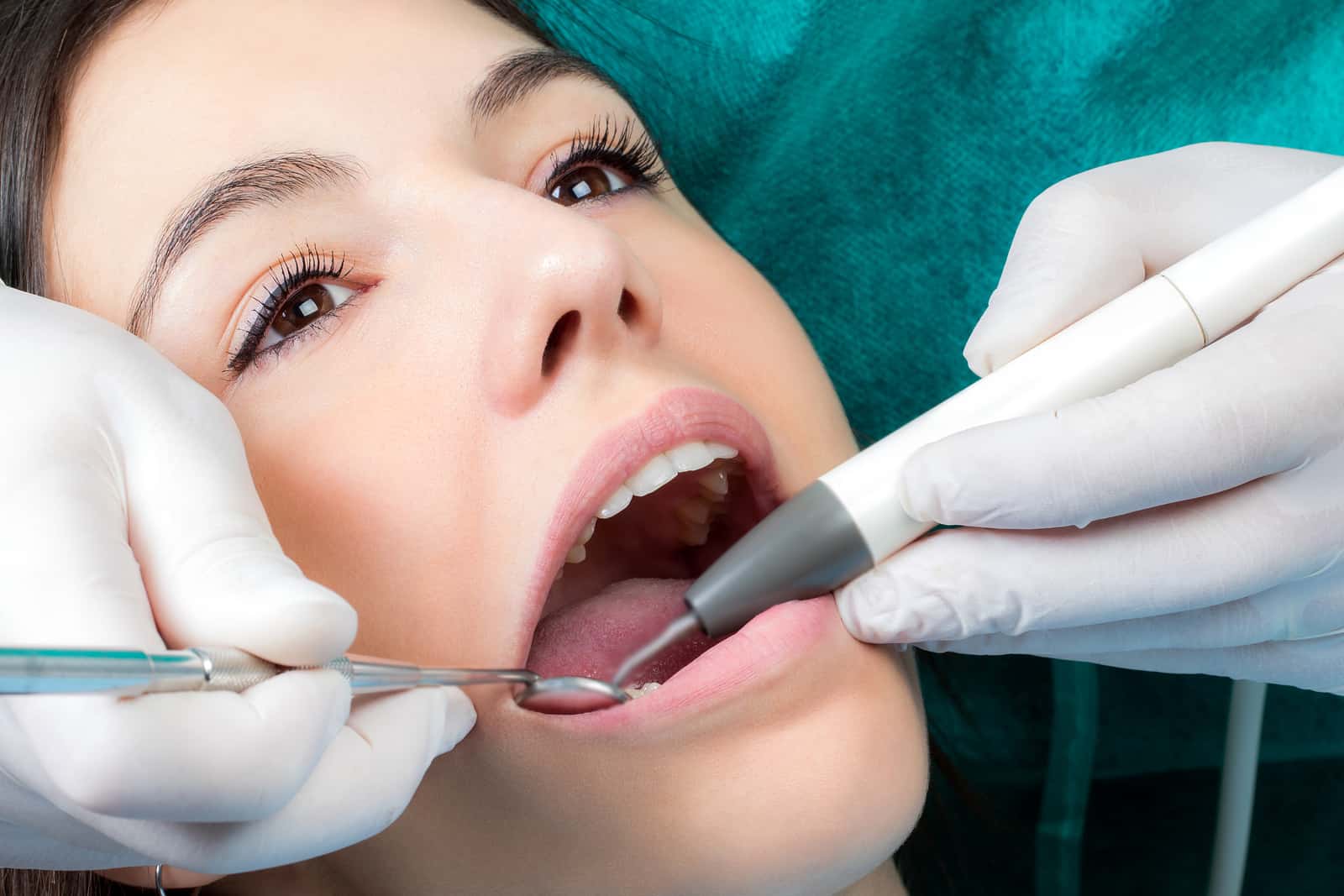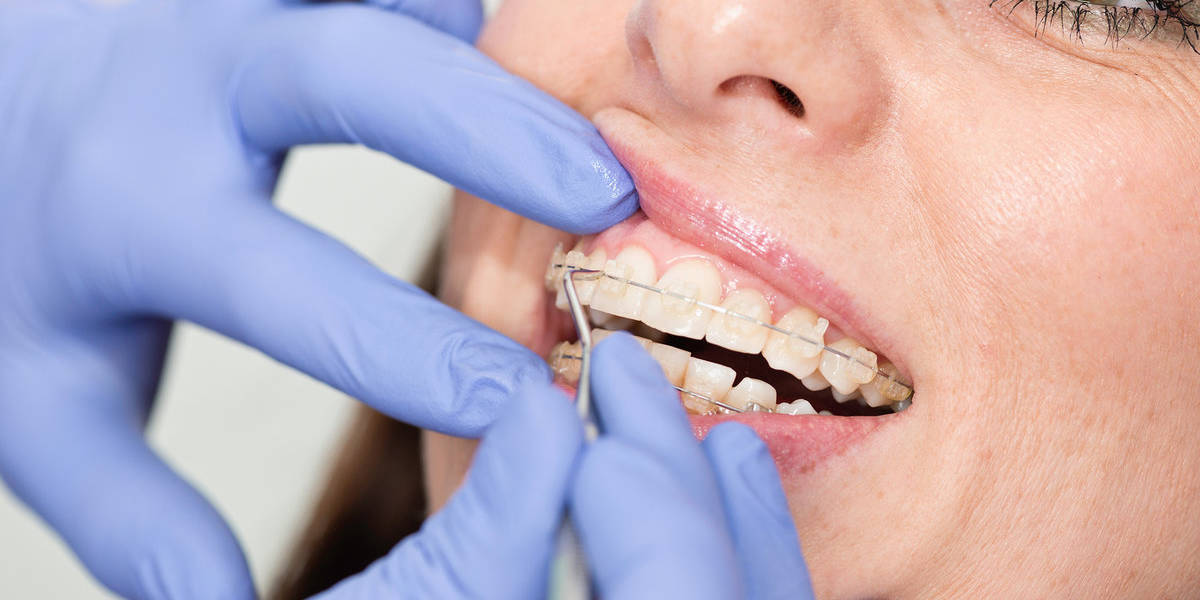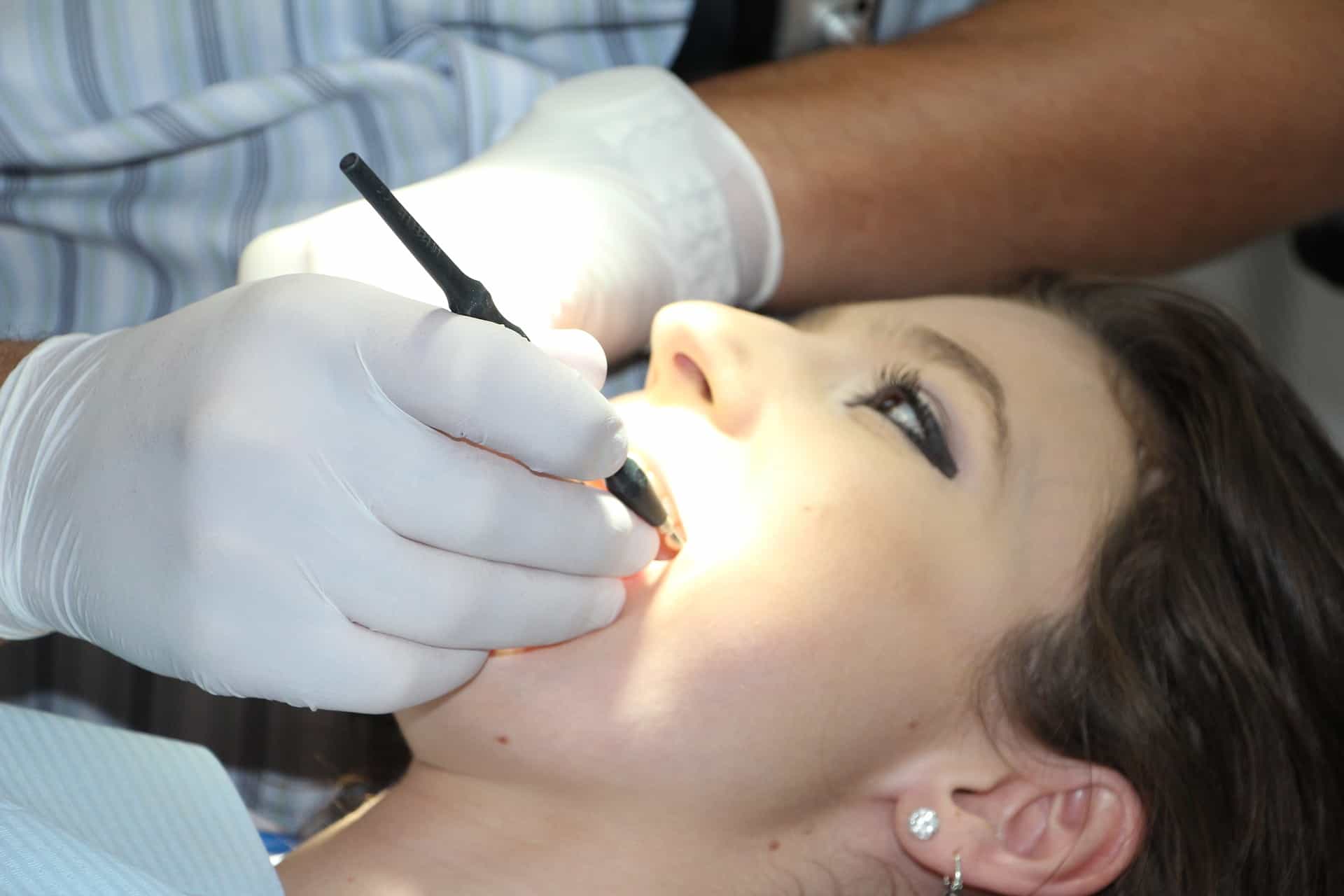
A lot of people have not heard about occlusal disease. It is a dental condition wherein the teeth do not meet properly. If left untreated, people suffering from this disease may feel pain and discomfort. This blog post will cover what you need to know about occlusal disease and how it impacts your mouth and oral health.
How to know if you have an occlusal disease?
When your teeth are not in the right position, it can lead to tooth wear and eventually decay. It is hard to diagnose if you have one. The best way to know if you have this disease is to visit your dentist for an exam. If you experience the signs of occlusal disease below, you should schedule an appointment with your dentist immediately.
1. Headaches
It is common for patients not to mention headaches to their dentists. Unfortunately, when you have headaches it means that your facial muscles are tired because of teeth grinding. This situation is often associated with an occlusal disease.
2. Facial pain
When a patient is affected by the occlusal disease, they chew unnaturally because their teeth are in different shapes and positions. As a result, they can experience facial pain and jaw pains.
3. Tired facial muscles
Because of the difficulty in chewing, the jaw muscles become tired and may lead to extreme pain.
4. Tooth sensitivity
Continuous wear and tear can expose your teeth’ inner pulp as the enamel wears away. Consequently, your teeth will be more prone to temperature changes and other elements.
Why does a healthy and properly aligned bite matter?
A properly aligned bite is essential for healthy teeth and gums. When teeth are improperly aligned, it can lead to a variety of problems, such as the following:
- Crowded teeth
- Bruxism or teeth grinding
- Difficulty in speaking
- Protruding jaw
- Biting the inner cheeks
- Lips not closed properly
- Breathing problems
What causes this to happen?
To treat occlusal disease, it is important to understand what causes it. Many factors can contribute to the development of this condition. By understanding the causes of occlusal disease, you can necessary steps to prevent this from happening.
-
Erosion
This happens when your teeth wear away because of acidic substances which are found in carbonated drinks and fruit juices.
-
Abrasion
When you use your teeth for biting other things and opening bottle tops, it can cause loss of enamel.
-
Dental attrition
When you chew a lot this causes enamel to wear down. This is normal since it is part of the ageing process. In addition, attrition is common for people with bruxism or teeth grinding.
-
Toothpaste abrasion
One of the causes of tooth enamel loss is when you brush too hard. When you brush your teeth, make sure to do it gently to avoid damaging your teeth.
Possible Treatments
There are several occlusal disease treatments. The type of treatment will depend on the severity and extent of the condition. Choosing the right dentist will help in solving the dental problem. Your dentist will first examine your bite and take X-rays before recommending a course of treatment.
Here are some of the treatment options:
- Tooth equilibration – realignment of your teeth to have a more even bite.
- Braces – helps correct overbite, crossbite, and underbite.
- Tooth restorations – crowns and veneers can help restore the shape of teeth.
Schedule an appointment
If you have been experiencing any of the symptoms listed, it is important to schedule a visit to your Markham dentist. They can help diagnose what might be going on and provide treatment options. You don’t want this issue getting out of hand when there are solutions available at your fingertips.











